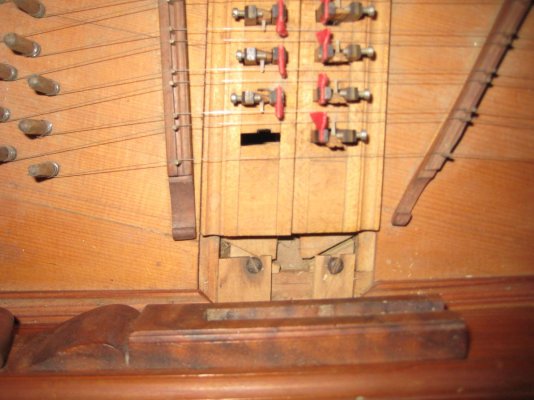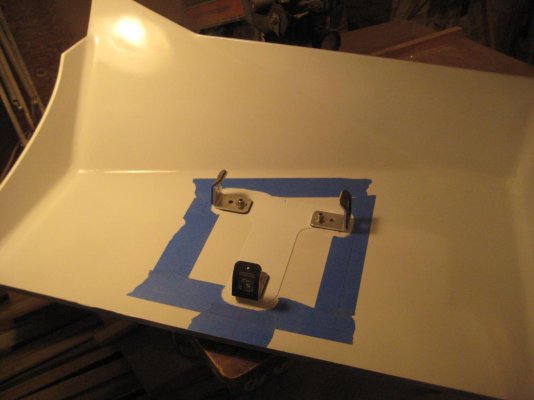Drilling and tapping polyester/'glass or epoxy/'glass works fine. It's hard to bet on the capacity of the connection because of the shattered resin at the interface; my Naval Architect buddy advises against it because of the betting (betting is not engineering). Gougeon's handbook touts bonding threaded fasteners into epoxy/'glass holes for structural applications; that is, they take care of the shatter with epoxy, and subsequent removal of the fastener is a matter of heating it to destroy the epoxy.
One way to improve the bet is to tap into 'glass which is much thicker than the nut would be.
Drilling and tapping thickened epoxy works fine...if the thickener is touted as structural. If the thickener is for making fairing compound, not so good.
Sheet metal screws into polyester/'glass is, of course, commonly done. Sheet metal screws into a hole in polyester/'glass, patched with epoxy/structural filler would be OK for stuff you're not betting your life on. The hole would have to be clean and you'd have to know you'd gotten a decent, complete fill. Care needs to be taken with the size of the pilot drill; screwing into shattered filler or incomplete engagement of threads is undesirable.
Wood screws, I think, would be pretty undesirable for the purpose since they're tapered and they'd tend simply to drill out the hole.
Just for fun, here's a pic of the treble end of the registers of the Italian harpsichord I built in 1972 (one jack was removed for the pic). You can see the tops of the jacks, the tops of the tongues, plectra, felt damper, and a band of polyester resin that was poured into a groove in the stock before the jacks were cut apart. The adjusting screws (#4-40) for the jack's tongues threaded into holes drilled and tapped through the Walnut jack and polyester resin.
I've drilled and tapped a fair amount of 'glass over the years, as small as the #4-40, through #8-32, #10-24, 1/4-20, 5/16-18, 3/8-16 - nothing larger, yet.







